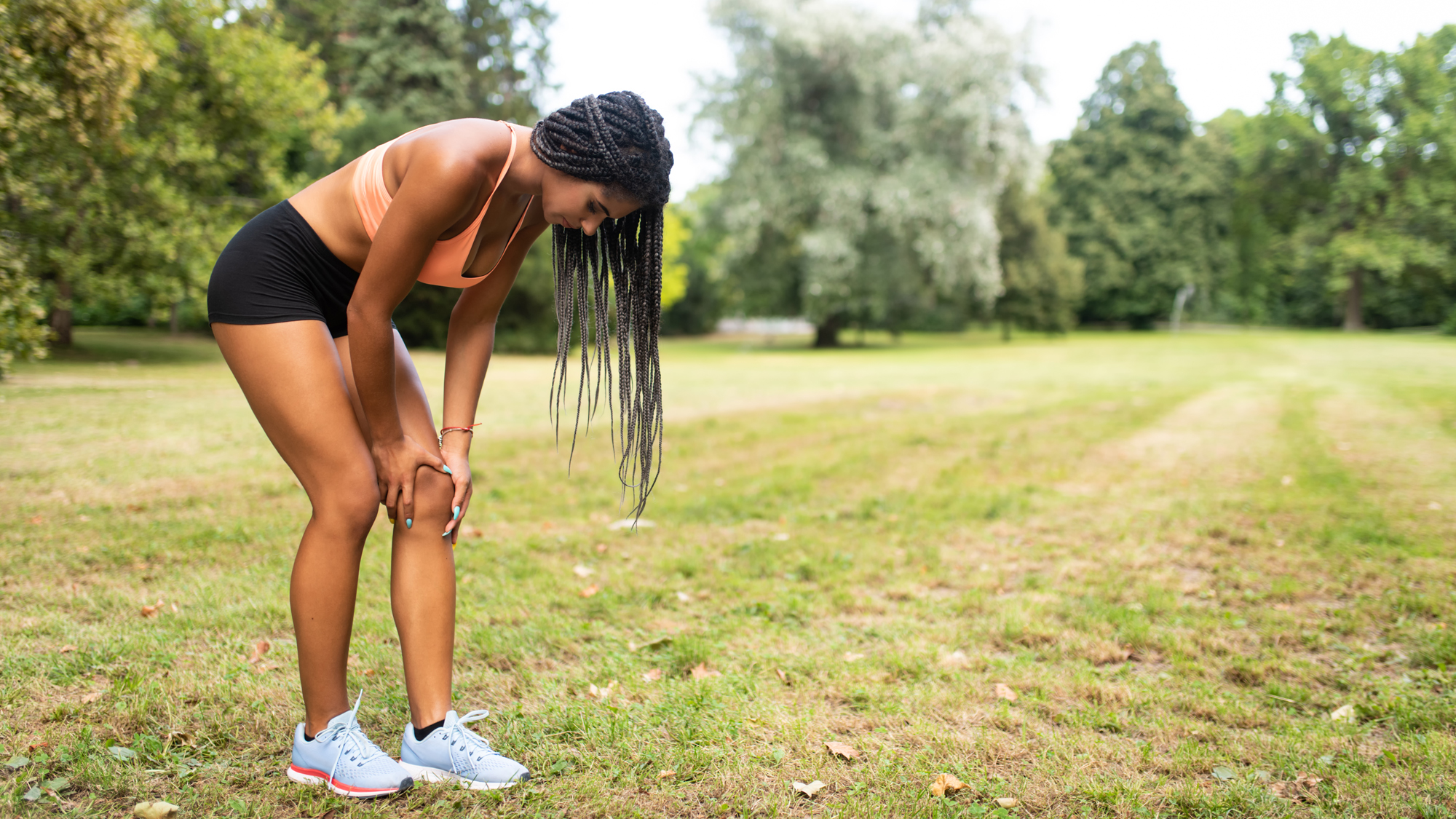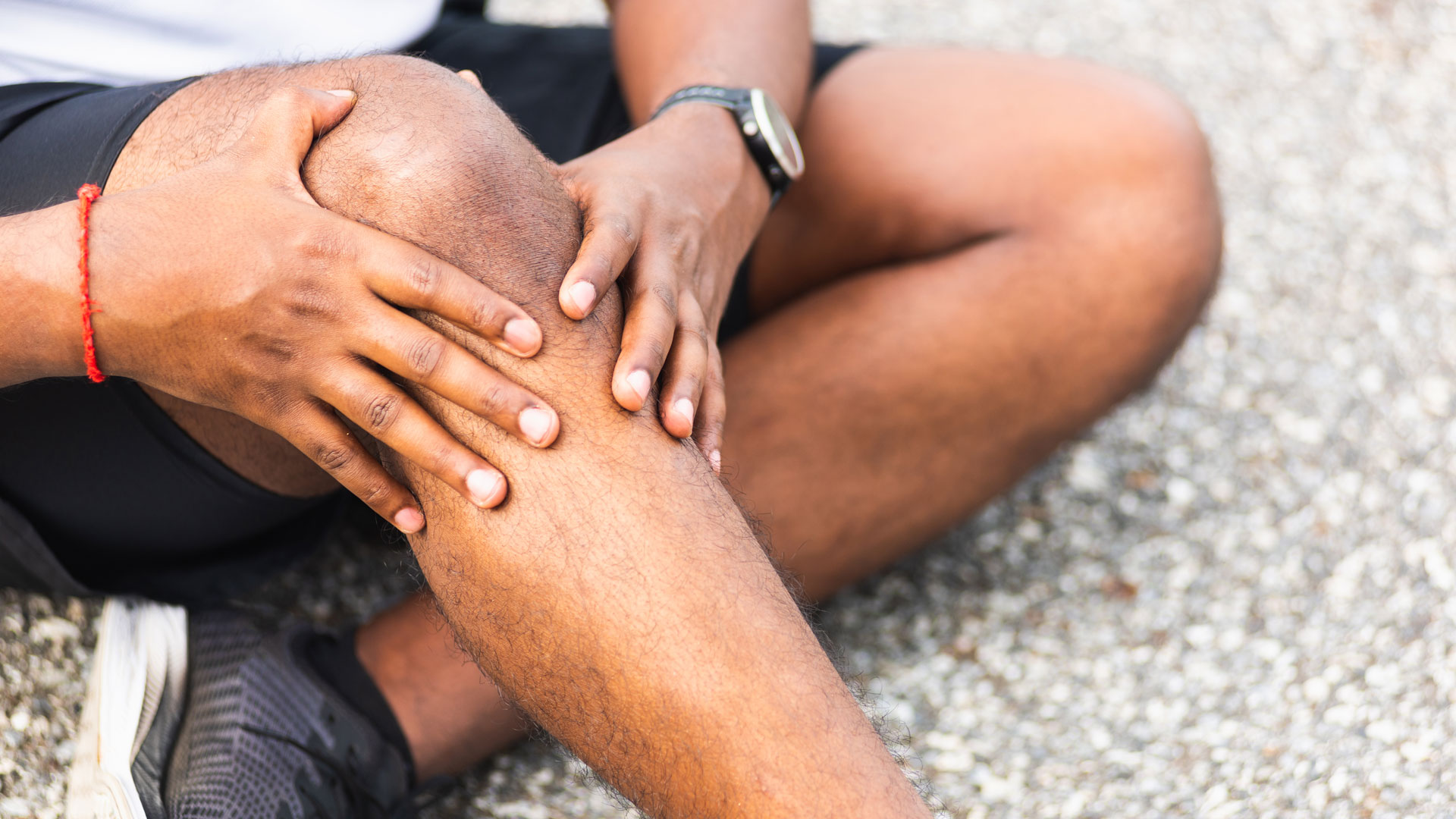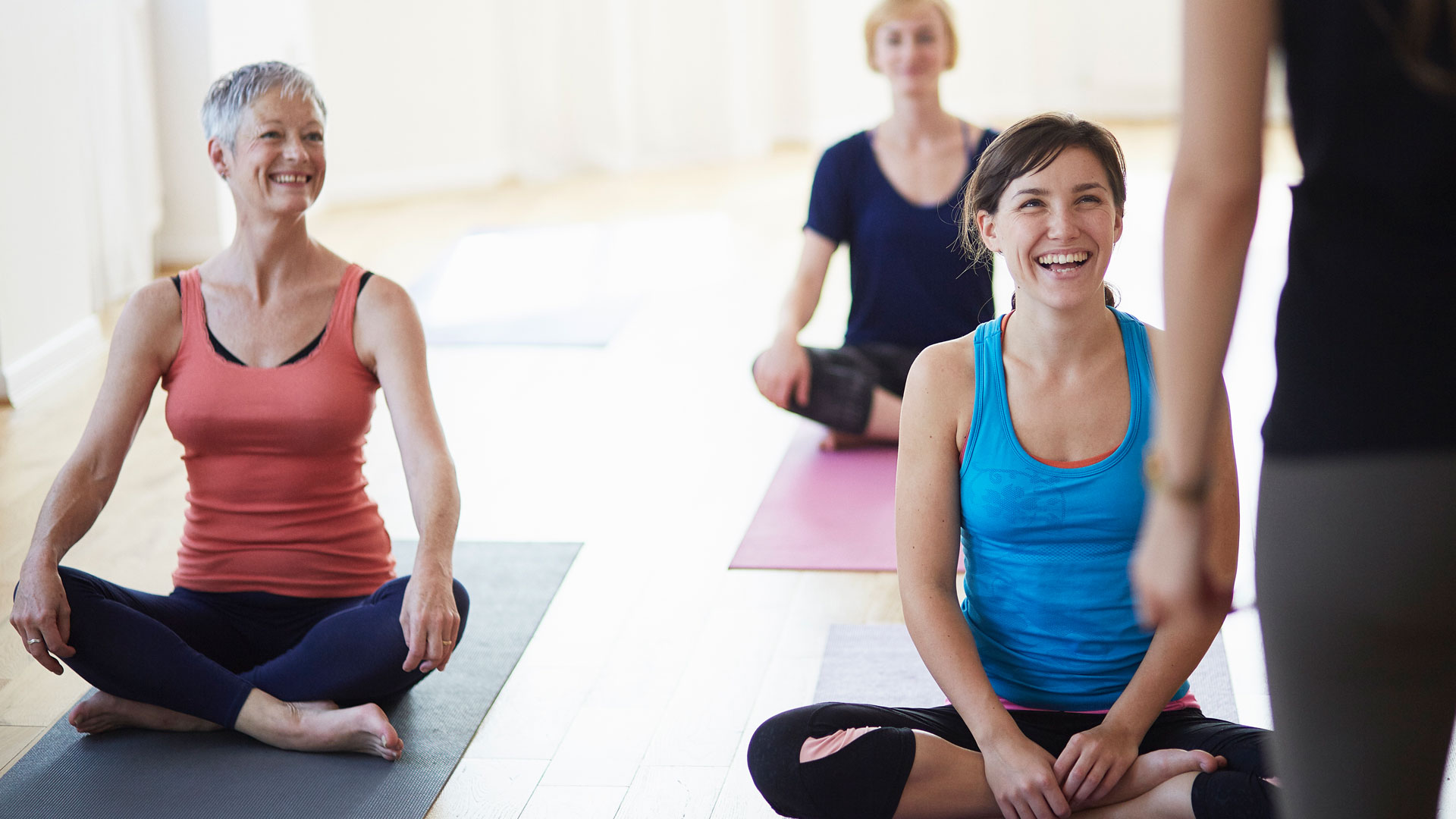Exercises for knee pain: six moves to reduce joint pain
These exercises for knee pain help you stay active without causing injury or discomfort


If you've been looking for exercises for knee pain to train safely without causing discomfort, we can help. Joint pain, especially around your knees, can make it challenging to stay active, but there are some low-impact exercises you can use to train without pain.
Taking the best supplements for joints can play a role, too, as these keep you topped up on nutrients you need to protect your joints. But staying active is just as vital, so it's important to find exercises for knee pain that don't make things worse.
If you find that running, jumping, or some high-intensity routines cause too much discomfort, you can switch to low-impact cardio workouts on an elliptical machine, rower, or even head outside for a walk.
Pilates and yoga also make great exercises for knee pain, as learning how to do yoga with bad knees helps you focus on developing strength, improving your posture, and promoting a connection between your mind and body.
Exercises for knee pain: causes of pain
With any injury, it's important to speak to your doctor or physical therapist before embarking on an exercise regime. With knee pain, you'll want to avoid high-impact exercises that are tough on your knees like outdoor running or jogging. Your aim is to aid recovery, not make your knee pain worse.
Even if you have a condition like arthritis, research shows low-impact exercise can be an important part of your treatment plan. A 2019 review of studies published in Osteoarthritis and Cartilage found that exercise is effective in reducing pain with knee osteoarthritis.
If you have a condition like arthritis, the Centers for Disease Control and Prevention (CDC) advises you speak to your doctor if you experience any of the following:
Start your week with achievable workout ideas, health tips and wellbeing advice in your inbox.
- Pain that is sharp, stabbing, and constant
- Pain that causes you to limp
- Pain that lasts more than two hours after exercise or gets worse at night
- Pain or swelling that does not get better with rest, medication, or hot or cold packs
- Large increases in swelling or your joints feel 'hot' or are red
Exercises for knee pain to try

1. Elliptical machine
Physical therapist Donna Shelly says an elliptical machine is great for working out and burning calories while being kind to your knees. "It's low-impact and even though you are burning calories, there is less pressure on your knees because your feet never lift off the pedals. Start with 10-minute workouts and build up your stamina and endurance slowly."
A 2014 study published in Gait & Posture showed that with an elliptical workout you can continue training without the wear and tear that comes with high-impact exercise like jogging. The researchers suggest that rehabilitation teams should consider elliptical workouts when helping people back to physical activity following certain bony or soft tissue injuries.
You don't have to take out a gym membership to enjoy the benefits of elliptical training either, as the best elliptical machines are a great way to get some low-impact, joint-friendly exercise at home.
2. Swimming
Shelly believes swimming is one of the best forms of exercise for people with knee problems. She said, "Being in water takes the pressure off the knees and is ideal for improving mobility. You can burn a lot of calories quickly and work all of your muscle groups. If your swimming stroke isn’t particularly strong, you can try aqua aerobics, or using water weights for resistance training to mix things up."
Swimming is known to be good for people with long-term pain. One study published in The Journal of Rheumatology showed that people with osteoarthritis reported significant reductions in joint pain and stiffness after engaging in activities like swimming.

3. Indoor cycling
Using one of the best exercise bikes can give you a low-impact, knee-friendly workout. Shelly said, "A stationary bike workout strengthens bones and joints without putting much pressure on them. This makes it a great workout option for people with joint issues or injuries."
Cycling outdoors has the same benefits, but with an indoor bike, you are able to adjust your resistance and don't have to worry about traffic, the weather, and you can watch your favorite show while pedaling.
A study published in the Journal of Rheumatology found cycling exercise training significantly reduced joint pain and stiffness, and enhanced quality of life in middle-aged and older adults with osteoarthritis.
4. Walking
Running and jogging are deemed too high-impact for most knee injuries, but walking is a good low-impact cardio workout if you keep a brisk pace. Shelly said, "Wear appropriate footwear with great cushioning and support for your joints when you walk. Start out on walking on flat surfaces, building up to walking uphill and longer hikes once you’ve built up your strength."
Walking helps to build your muscles so they can take the pressure off your joints—that means less pain for your knees. Regular walking can reduce stiffness and inflammation and it won't make most chronic knee conditions worse. Make sure you're supporting your feet and invest in the best shoes for walking.

5. Pilates
Shelly regularly recommends Pilates to her clients. "Pilates not only improves posture, balance, and mobility, but it can also help relieve stress and tension. When you’re having knee problems, Pilates is one of the best options for enhancing joint mobility and muscle tone in your lower body."
Muscles that are too tight and rigid may make the body more susceptible to injury and Pilates can help loosen you up. Research published in the British Journal of Sports Medicine suggests that Pilates is also an effective method for reducing injury risk in sport.
Relatedly, Pilates focuses on developing core strength, which improves your stability, promotes good circulation, and impacts your posture. This Pilates abs workout is a great place to start.
6. Indoor rowing
Shelly explains that rowing is a great exercise for some people with knee pain but working with a trainer to get the correct form is important. "Rowing strengthens the muscles surrounding the knees, but often people don't have the correct posture or technique which can cause, rather than help injuries."
"A common mistake is pushing with the legs and leaning back at the same time. It's important to keep these movements separate. First, push with the legs, lean back with your core muscles tight, and then pull your arms back toward you.”
Rowing is sometimes recommended for people with early stages of osteoarthritis. A 2014 study of 24 people over eight weeks found that joint movement in knees improved by 30% with a rowing program. For a full-body, low-impact workout, invest in one of the best rowing machines for your home.
Catherine is a freelance journalist writing across titles such as Verywell Health, Healthline, The Daily Telegraph, Refinery29, Elle, and Vogue. She specializes in content covering health, fitness, wellness, and culture.
A once reluctant runner, Catherine has competed in 30 running events in the past five years and looks forward to one day running the London Marathon.
